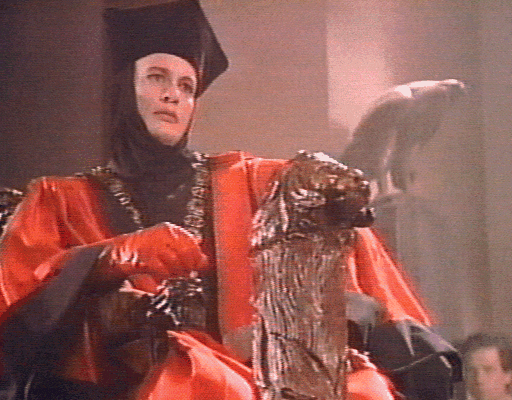But there's a powerful force called palatalization that affects the phonetic development of many languages, if not most or even all of them.
Is there an opposing force for palatalization?
But there's a powerful force called palatalization that affects the phonetic development of many languages, if not most or even all of them.
You mean digraph, a combination of two written letters. A diphthong is a sound, a combination of two vowels or one vowel and one semivowel, like the "oy" sound in toy, boil, Freud.
Not that I've ever seen discussed. Palatalization is, after all, a simplification of sounds by relaxation of the tongue. Sort of verbal entropy.Is there an opposing force for palatalization?
It certainly is in English. Q is invariably pronounced "K" in our language. We don't have those uvular (glottal?) phonemes that Arabic and Farsi have. It's like the TH sound of English, Spanish and Greek. Not many languages have those phonemes.Well Coran or Koran is certainly not the same as Quran.
English spelling is hard enough for children to learn. We should not be screwing it up further by importing foreign words without normalizing their spelling to the few pathetic rules we have.


Re: Avenue Q: Q train: Queens
Don't the walls of the New York Metro have adverts on them?
If not, why not?
The same is true of the Washington Metro. They don't illuminate the platforms well enough to read, so ads are only mounted on lighted kiosks which are paid for by the advertising revenue. We also have those flickering animated ads on the tunnel walls--which if you ask me are a little annoying.the outer walls on the other side of the tunnel (where passengers cannot touch the wall) do not have any adverts.
Chinese is not complicated. There are no inflections so the grammar is very straightforward. No person, no tense, no gender, no number, no case. There are no articles, no prepositions, in fact the only parts of speech are nouns and verbs, with just a couple of (optional) particles whose practical purpose is merely to make it easier to parse the sentence.So, for example, you can convey a lot of information in Chinese, because they have more degrees of freedom. However, the language is very complicated.
The first transcription system I learned was the Yale. I think it's the best for English-speaking people who haven't actually studied Chinese and don't understand its phonetic structure, because none of the letter-to-phoneme mappings are counterintuitive. Chang/qiang, zhang/jiang and shang/xiang are chang/chyang, jang/jyang and shang/syang.well another thing we use qs for, speaking of chinese, is romanization of languages that dont use our alphabet. but in pinyin, the letter q is pronounced uniquely, and cannot be replaced. if we got rid of qs, learning chinese would be much harder.
